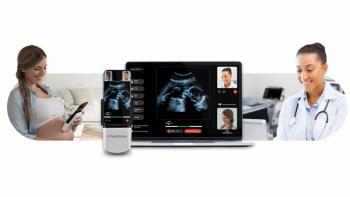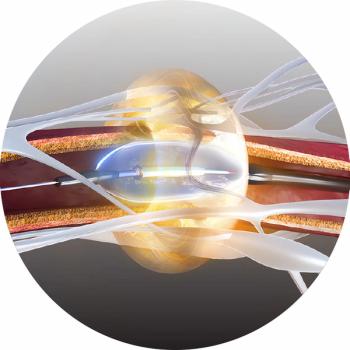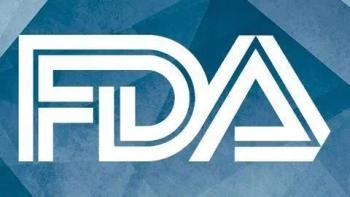
California ultrasound legislation implements Cruise control
A California lawmaker has announced a bill that would restrict sales of ultrasound machines to medical professionals. The move follows public safety concerns raised by actor Tom Cruise’s November 2005 purchase of sophisticated equipment to perform ultrasound exams on his pregnant fiancée.
A California lawmaker has announced a bill that would restrict sales of ultrasound machines to medical professionals. The move follows public safety concerns raised by actor Tom Cruise's November 2005 purchase of sophisticated equipment to perform ultrasound exams on his pregnant fiancée.
Citing fears that fans and other individuals may follow in Cruise's footsteps, assemblyman Ted Lieu (D-Torrance) introduced legislation that would prohibit the sale or lease of ultrasound machines in California to anyone other than physicians, surgeons, or licensed medical facilities.
The Assembly passed the bill 56-9 on May 4 and sent it to the state Senate.
AB-2360 would make selling ultrasound machines to nonmedical professionals a misdemeanor punishable with jail time and a $1000 fine. The high cost of ultrasound equipment already poses an unintended deterrent role, but legislation was necessary to reduce the chances of damage to the fetus, Lieu said in a public statement.
The bill will add language to the California Health and Safety Code relating to potentially dangerous medical devices.
The American College of Radiology had expressed its concern in a statement released shortly after the announcement of Cruise's purchase became public.
"This is a patient safety issue. Untrained people, even if they have the financial means, should not buy, or be allowed to buy and operate, ultrasound machines, which are, in fact, medical devices and should not be used without a medical indication," said Dr. Carol M. Rumack, chair of the ACR's Ultrasound Commission.
Images of the fetus are an opportunity to diagnose problems before birth that may require treatment. These images should be obtained by certified technologists under the supervision of physicians properly trained in ultrasound, Rumack said. The images should then be interpreted by properly trained physicians and discussed with the parents and treating physicians in order to plan for the best care of the baby and mother.
The ACR statement highlighted the possibility that Cruise might have placed his unborn child at risk and may have violated FDA policy. ACR officials lauded the California Assembly for passing AB-2360 and urged the state Senate to include a prohibition of sale to entrepreneurs who market keepsake ultrasound.
"This bill is an important first step in protecting parents, perhaps unaware of potentially harmful effects of misuse of ultrasound technology, from placing their unborn children at risk," said Dr. James P. Borgstede, chair of the ACR Board of Chancellors. "However, the legislation should include a ban on the sale of ultrasound equipment to fetal keepsake studios, as they most often lack onsite physician supervision. The tests are almost always not the result of a physician prescription and may cause parents to mistakenly believe that they do not need appropriate medical attention."
According to the FDA, fetal ultrasound should be performed only for medical purposes, by certified technologists, and with a prescription from an appropriately licensed provider. In an August 2005 statement, the feds voiced public health experts' view that casual exposure to ultrasound when there is no anticipation of benefit, especially during pregnancy, should be avoided. The ACR supports this view.
Though ultrasound is generally deemed safe and harmless, the potential for ultrasound-induced bioeffects in the context of patient imaging remains unknown. The American Institute of Ultrasound in Medicine recently published the first set of guidelines for researchers wishing to report in the bioeffects area (J Ultrasound Med 2005 24:1171-1179).
For more information from the Diagnostic Imaging archives:
Newsletter
Stay at the forefront of radiology with the Diagnostic Imaging newsletter, delivering the latest news, clinical insights, and imaging advancements for today’s radiologists.





























